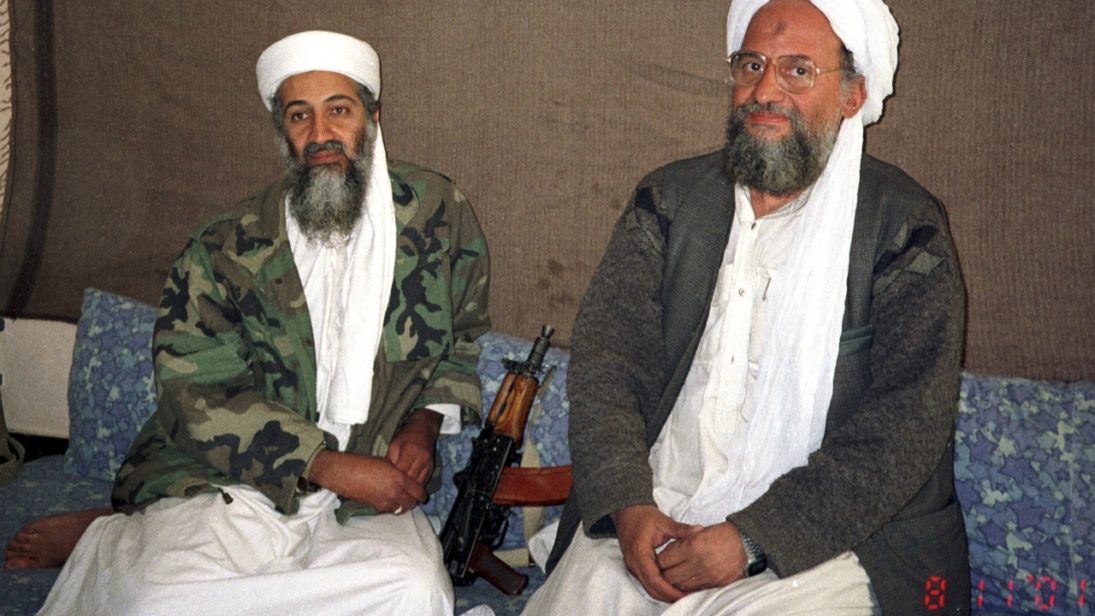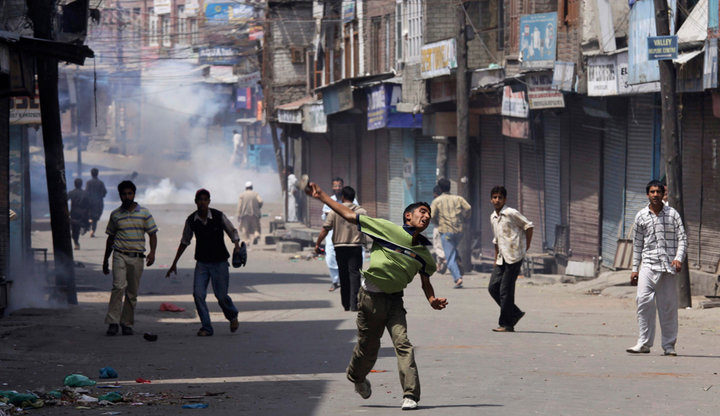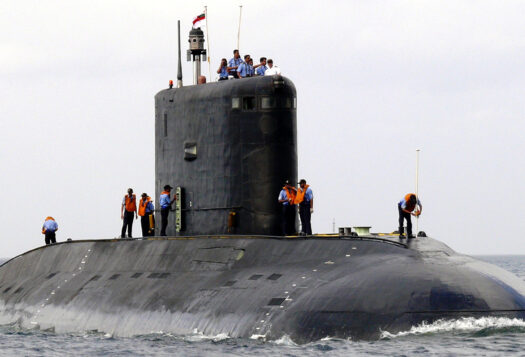
As the Islamic State of Iraq and Syria (ISIS) loses ground in Iraq and nears its end in Syria the organization is looking to re-establish itself in Afghanistan and South East Asia, as evidenced by its exploits in the Philippines and the killing of 20 hostages, mostly foreigners, in a restaurant in Dhaka, Bangladesh. However, this is also a critical time for ISIS’ predecessor, al-Qaeda, which is attempting to cement its presence in South Asia through the establishment of its new branch, al-Qaeda in the Indian Subcontinent (AQIS). In particular, al-Qaeda and AQIS have carefully crafted an appealing narrative to cast themselves as the more moderate alternative to ISIS.
As ISIS’ influence diminishes in the Middle East, AQIS has established its presence in some regions of Afghanistan and Pakistan. Al-Qaeda has enjoyed wide, global reach via its affiliates and given the direct guidance of al-Qaeda’s central leadership to AQIS, there is reason to raise the alarm regarding AQIS’ potential impact on the region. In response, governments in South Asia should endeavor to mitigate terrorism on two levels. First, states should undertake efforts to advance economic opportunities for all sections of society. Second, states should cooperate with each other on a range of counterterrorism measures. While recommendations are offered for the Indian government here, these actions could have a mutually beneficial impact across the region.
Understanding the Threat from AQIS
Founded in Pakistan in 1988, al-Qaeda was believed to have gone underground after the death of Osama bin Laden in May 2011. In September 2014, however, the current leader of al-Qaeda, Ayman al Zawahiri, announced the establishment of AQIS, proclaiming the new branch would protect the “vulnerable” in India, Myanmar, and Bangladesh. Weeks later, AQIS hatched a plot to capture Pakistani ships to target Indian and American naval vessels, demonstrating an impressive level of ambition and sophistication.
Since 2014, AQIS has also claimed responsibility for several attacks in Bangladesh. These attacks align with al-Qaeda’s broader embrace of “hisba”-style attacks that target secularist bloggers and politicians, the LGBT community, and Sufi shrines. Given these incidents across the region, AQIS’ capacity to recruit and generate resources should not be underestimated.
In its current manifestation, al-Qaeda and AQIS may actually attract supporters due to their relative moderation when compared to ISIS. For example, al-Qaeda reportedly condemns ISIS’s strategy of brutality in killing innocent Muslims, women, children, and unarmed vulnerable groups. As mentioned above, AQIS’ use of hisba attacks targeting atheists, non-believers, and critics of Islam, among others, could be construed as advancing sharia law, making AQIS a more acceptable entity to Muslims in the region.
Despite this troubling trajectory in South Asia, there is reason to remain hopeful that AQIS may not find solid footing in South Asia. India, in particular, has a rich history of diversity that comprises Hindus, Muslims, Buddhists, Parsis, Sikhs, Zoroastrians, Christians, and Jews. As a result, sectarianism among Muslims in India has not reached the same level of divisiveness as it has between Sunni and Shia populations in the Middle East.
Several predominantly Muslim countries, like Indonesia, have not sent the same numbers of foreign fighters to Iraq and Syria. Alternately, political scientists and other observers have attributed increased recruitment rates in countries like Tunisia and Saudi Arabia to a variety of factors including political repression, internal instability, and discrimination towards Muslim minorities. However, India remains a relatively pluralistic society with a population of 177 million Muslims that despite a concerning uptick in discrimination and violence towards the Muslim community in India in recent years, may prove less prone to extremism. This resistance to extremism was seen in 2015 when nearly 70,000 clerics came together in India to pass a fatwa against ISIS, the Taliban, and al-Qaeda.
Yet, despite these positive indicators, there are still reasons for concern over AQIS’ potential impact. Last month, Al-Qaeda announced Zakir Musa as its leader in Kashmir, marking the first time an international terrorist group has formally announced its presence in Kashmir. Given current tensions between India and Pakistan over Kashmir, there is little expectation that the two countries will trust each other enough to develop a joint response to tackle AQIS. Similarly, acts of violence and discrimination against India’s Muslim minority communities may play into the hands of violent militant and terrorist groups seeking young recruits. Indian Prime Minister Narendra Modi has stated that resolving the Kashmir conflict requires “embracing its people,” indicating a renewed focus on dialogue, but it remains to be seen how circumstances will evolve in the future.

Confronting AQIS: Regional Cooperation and Economic Opportunities
Governments in South Asia need to take steps to safeguard their democracies in the face of the threat from AQIS. Suggestions here are for how India can manage the problem in a way that mutually benefits other South Asian countries.
India should strengthen its partnerships with regards to counterterrorism, intelligence sharing, and monitoring of social media to counteract jihadi recruitment with Afghanistan, Nepal, Bangladesh, Sri Lanka, and, as far as possible, Pakistan. These initiatives could occur through multilateral organizations like the South Asian Association for Regional Cooperation or through bilateral dialogues. Such partnerships could inhibit AQIS’s activities and restrict the movement of their operatives across borders before they gain currency within local Muslim populations. Both internally and multilaterally, India should also support, strengthen, and help implement initiatives modeled after Indonesia’s de-radicalization program following the 2002 Bali bombings. Finally, a proactive approach to counterterrorism should go hand in hand with providing equal economic opportunities across all sectors of societies. South Asian governments should endeavor to address barriers to equal opportunities, including communal discrimination, that allow economically marginalized youths to become radicalized.
Taken together, these steps can limit the operational reach of al-Qaeda and AQIS, diminish its pool of potential supporters, and integrate disaffected Muslims back into society.
***
Editor’s Note: Click here to read this article in Hindi
Image 1: Hamid Mir via Wikimedia Commons
Image 2: Kashmir Global via Flickr


